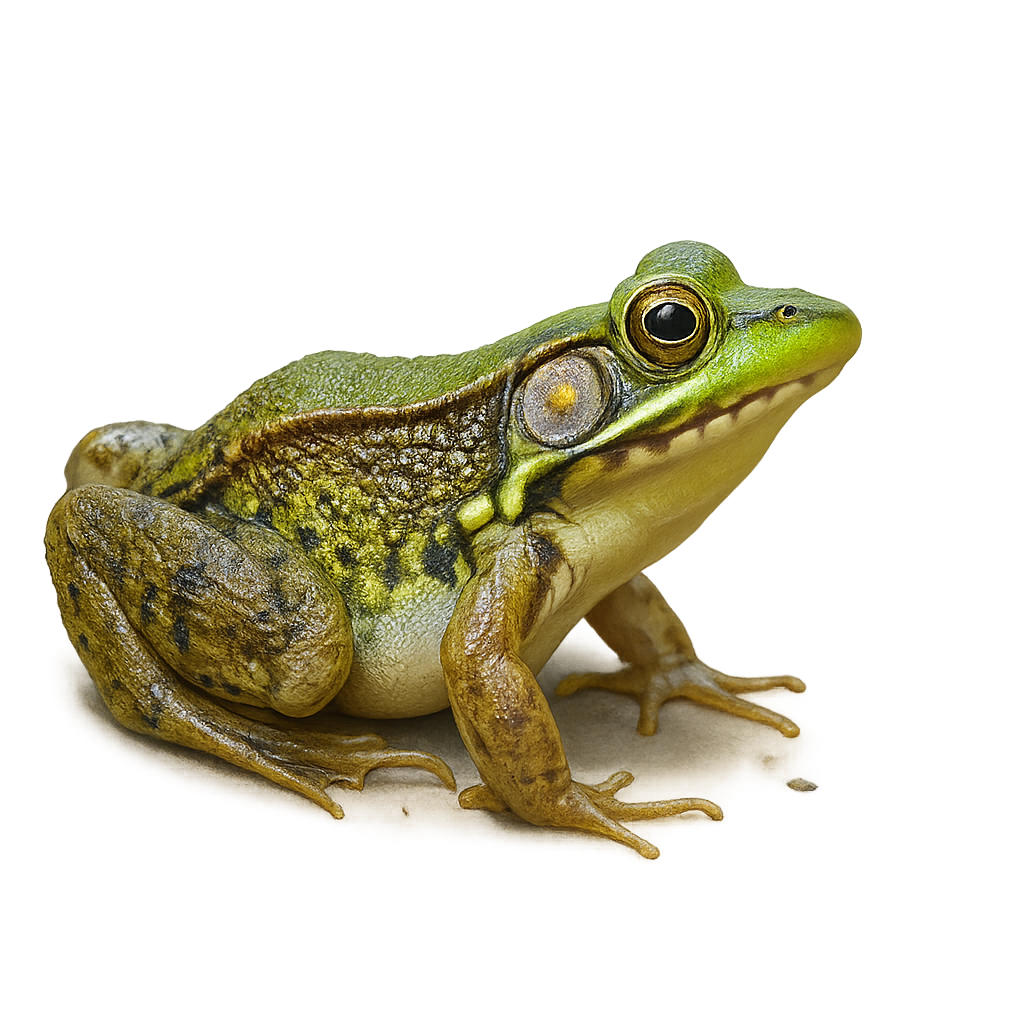Your wildlife photography guide.
Explore the common rocket frog in detail, study its behavior, prepare your shots.
Where to observe and photograph the common rocket frog in the wild
Learn where and when to spot the common rocket frog in the wild, how to identify the species based on distinctive features, and what natural environments it inhabits. The WildlifePhotographer app offers tailored photography tips that reflect the common rocket frog’s behavior, helping you capture better wildlife images. Explore the full species profile for key information including description, habitat, active periods, and approach techniques.
Common rocket frog
Scientific name: Colostethus inguinalis

IUCN Status: Least Concern
Family: DENDROBATIDAE
Group: Amphibians
Sensitivity to human approach: Suspicious
Minimum approach distance: 2 m
Reproduction period: March to April
Incubation: 10–14 jours
Births: April to May
Habitat:
Humid tropical forests, water bodies, wooded areas
Activity period :
Primarily active during the day, with peak activity in the morning and late afternoon.
Identification and description:
The Common rocket frog, scientifically known as Colostethus inguinalis, is a small amphibian species distinguished by its vibrant coloration. It features a bright yellow belly contrasting with a brownish back, often speckled with dark spots. This frog is primarily terrestrial and inhabits the humid tropical forests of Central and South America. It is often observed near water bodies where it breeds. Its distinctive call is an essential means of communication, especially during the breeding season. Although discreet, it plays a crucial role in the ecosystem by regulating insect populations.
Recommended lens:
Macro – adjust based on distance, desired framing (portrait or habitat), and approach conditions.
Photography tips:
To photograph the Common rocket frog, it is advisable to use a macro lens to capture the details of its colorful skin. Approach slowly and maintain a safe distance of about 2 m to avoid disturbing it. Opt for times of the day when natural light is soft, such as early morning or late afternoon. Pay attention to its natural environment, especially areas near water bodies, to get authentic and captivating shots.
From knowledge to field practice
A species profile helps you understand an animal. In the field, the challenge is often different. Remembering your own observations.
The WildlifePhotographer app allows you to:
• record your personal observations
• note locations, dates, and behaviors
• revisit your field references over time
• build a private and long-term field logbook
The app does not provide observation locations.
It helps you organize what you actually observe, with respect for wildlife.

